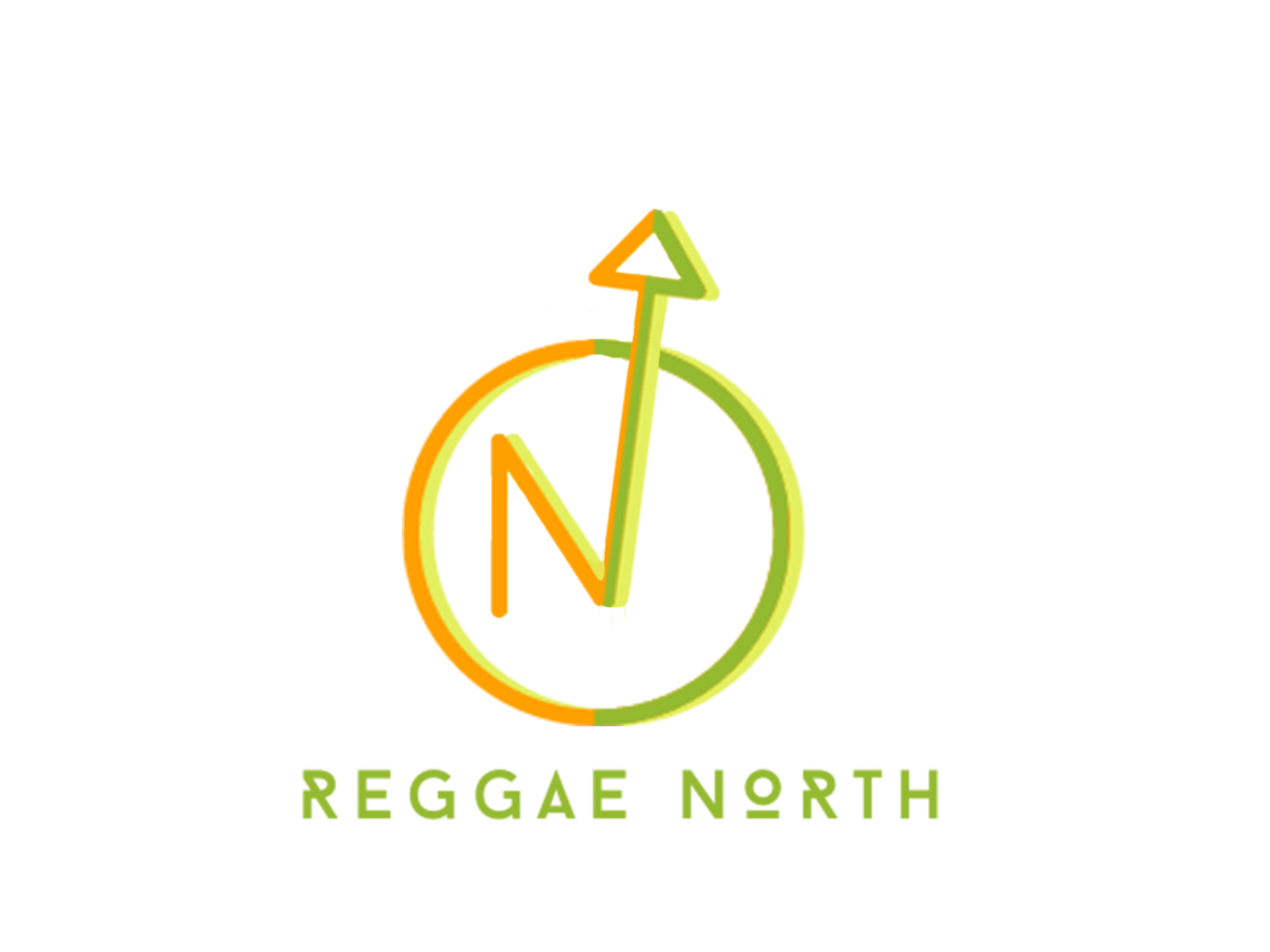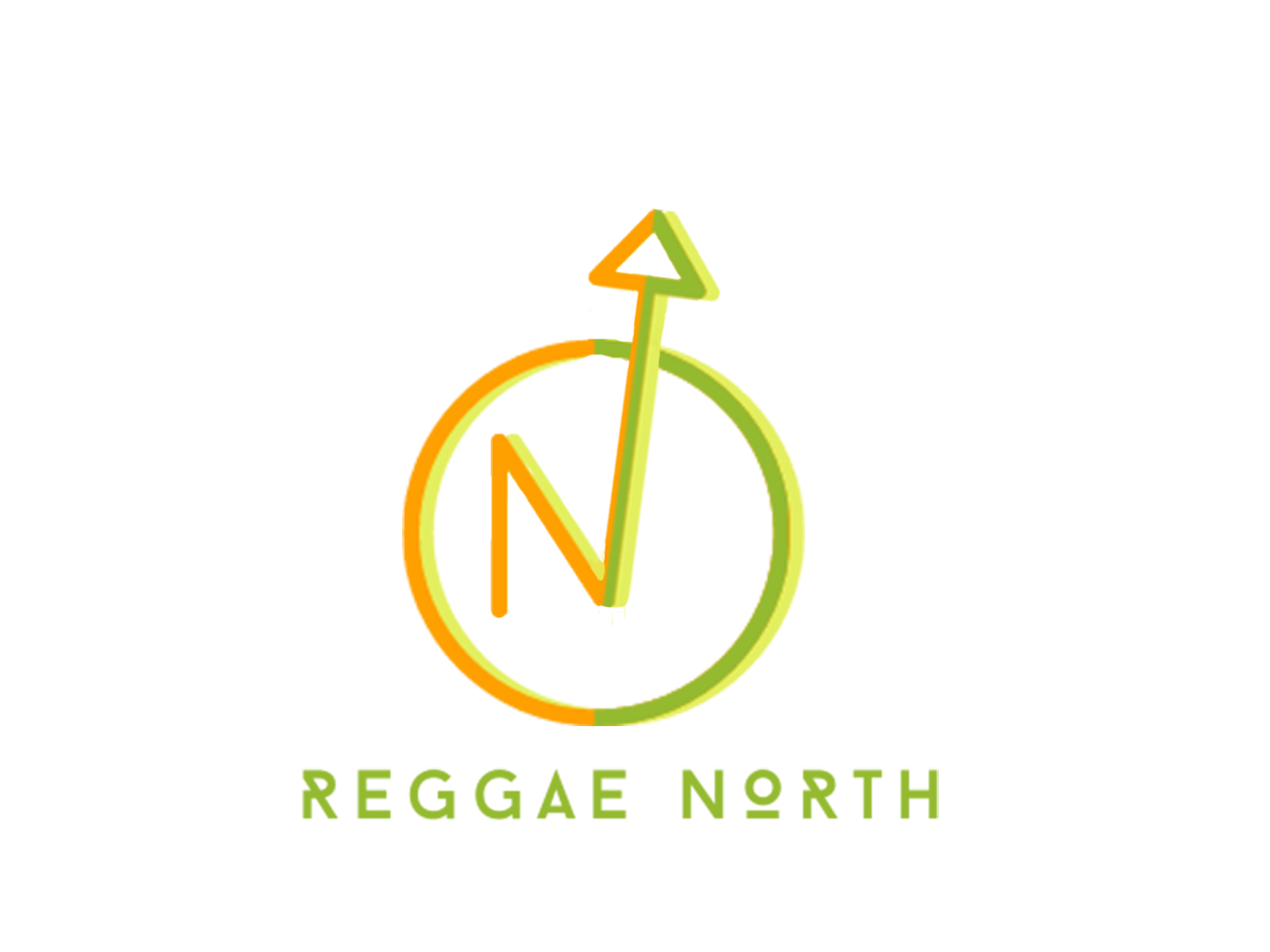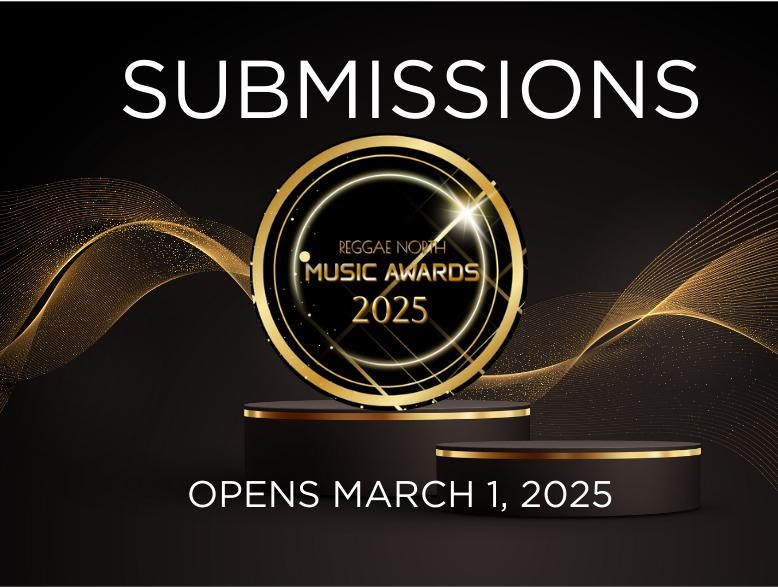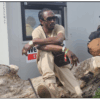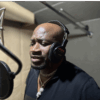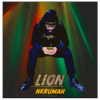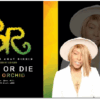Daddy U-Roy credited Count Machukie’s incredible contribution to reggae, toasting over early American songs. Count Machukie toasted his way into the hearts of dance fans. Reggae music, a synonym for Jamaican music, encompasses several styles, from the 1950s Mento to Jamaican Gospel, Ska, Rocksteady, Festival Songs, Dubs & Specials, Reggae Love Songs (Lovers Rock), Root & Culture, and Dancehall. Some attempt to separate Dancehall from reggae, but it’s hard to do as Dancehall (Toasting) forms an integral part of the foundation of Jamaican music. All these styles served different purposes in developing the music and Jamaican Culture. Except for Rocksteady, all styles have progressed but remained actively a part of the Jamaican music experience since its inception with Ska, making its come-back some years ago. Rocksteady, however, is the fiber of “good vibes” in all parties, oldies sessions, street dance, and clubs. A Jamaican born before the 1970s has enjoyed the lived experience of dancing and singing to foundational reggae music.
Mento
“It was a healing in the barnyard, Alellujah:”
“Come wi guh dung a Solas, fi guh by banana…”
In the 1950s, one Jamaican music style reigned King, serving all audiences. Mento, a fusion of African and European rhythmic sounds, peaked in popularity in the 1940s and 1950s. While Trinidad bragged about its calypso sound across the Caribbean, the unique sound of mento was famous in Jamaica. Instruments that make the distinctive sound of mento include the acoustic guitar, banjo, rhumba box, and hand drum. The rhumba box provided the bass. Mento goes along with a special kind of dance: the Quadrille. Without delving into the three types of Quadrille (Ballroom Style, Camp Style, and Contra Style), mento compliments the Jamaican Contra Style Quadrille performed from beginning to end of the mento song. In earlier decades, Mento was the music of choice for entertaining visitors. It is still predominantly found in hotels across the North Coast, the tourism sector, and schools that compete in cultural dance and song competitions.
Jamaican Gospel
“There’ll be singing, there’ll be shouting when the saints go marching home…”
“Im gonna lay down my burdens, down by the riverside…Down by!…”
“Study war no more… I ain’t going to study war no more…”
Jamaican Gospel songs, like reggae music, have come a long way. The genre is highly spiritual, with oversight of God ever-present. It has evolved from the Jim Reeves, Mahalia Jackson, and
Praise & Worship tradition into various streams, such as Mento gospel, Festival Song Gospel, Reggae Gospel, and Dancehall Gospel. The Mento Gospel, for example, invoked a “getting-into-the-spirit” and “God-moving-in-the-body, shaking and speaking in tongues kind of dancing. Lately, the new streams moved into a type of religious celebration and dance made famous by singers such as Papa San, Junior Tucker, Lieutenant Stitchie, and Marion Hall. More recently, we have seen the emergence of the duppy band, which involves the live band playing Mento Gospel music at nine nights, wakes, and funerals, sparking immense excitement and an array of dance styles in sending the deceased off to heaven. Whatever the gospel style, God is in the middle.
Ska
“Wash, wash; wash all my troubles away…”
“It was Genesis, Exodus, Leviticus, and Numbers; Deuteronomy…”
After Jamaica moved out of the plans for a West Indies Federation, the next natural move was to push for an independent nation. That sparked a shift in the music. Mento was replaced by Ska, a more upbeat, vibrant, and triumphant sound that matched the excitement of a people who were “ridding themselves of the Monarchy” (or so they thought). Ska combines the feeling of mento and calypso with American jazz, twist, rhythm, and blues. The cello replaced the rhumba box for bass, the horn section, and the rhythm guitars, creating music for the top-end sound with the walking bass line accented with rhythms on the off-beat. These were exciting times, and people started to snap-fall, shuffle, twist, and wash the night away. Ska music was not for lovers or the faint of heart. Instead, it was fast-paced jumping, falling to the ground with the body shifting from place to place. It was perfect as Independence rolled around in August 1962. Ska had a fast tempo, and people danced to lyrical and instrumental ska music by artists such as Stranger Cole, Prince Buster, Derrick Morgan, Byron Lee, Skatalites, and Jimmy Cliff.
Reggae Love Song (Lovers Rock)
“If I had a pair of wings over the prison walls, I’d fly…”
“As I write this letter, my heart’s beating much too fast for my pen…”
Ska music started to slow down as the excitement of Independence normalized, and couples wanted to start dancing close to each other again. As it slowed, other genres emerged, like Jamaican Love Songs, Rocksteady, and Festival Songs. The early Jamaican love songs include Empty Chair by Keith Lyn (1963), It Hurts to Be Alone by Wailers, Daddy by Toots & The Maytals, which are reggae love songs that helped to slow down Ska in the middle 1960s. This is where the phrase “rent a tile” was born. The love songs were slow and rhythmic, encouraging gyrating smoothly without the excessive sweating brought into the Ska genre. Lovers rock (reggae love songs) continued unrecognized but powerfully influencing reggae and Dancehall. Beres Hammond started his career as a slow love song singer, capturing the hearts of 1970s partygoers with “One Step Ahead” and “If Only I Knew,” which topped the charts as the most popular songs during the 70s. However, John Holt, Bob Andy, Dennis Brown (Boy Wonder),
Delroy Wilson, Marcia Griffith, Phylis Dillon, Lorna Bennet, Cynthia Schloss, Sanchez, Mikey Spice, and others all became popular, appealing to the undying need to rent tile music and for a slower style of Jamaican love songs.
Rocksteady
“You sheltered me from harm, kept me warm, kept me warm…”
“Girl, I’ve got a date, And I just mean, I can’t stay late…”
Musicians moved from Ska to Rocksteady when bass guitars were popularized in Jamaica. While Ska involved big bands with more instruments, the slower-paced Rocksteady used fewer band members: drummer, bass, midrange, rhythm guitars, and a keyboard. Rocksteady focused more on the bass line, the beginning of what we familiarly call Jamaican Drum and Bass. The rocksteady era lasted about five years, from 1965 to 1969, headlined by singers such as The Heptones, Ken Boothe, Alton Ellis, Phylis Dillon, Dennis Brown, Bob Marley and the Wailers, Delroy Wilson, the Paragons, and Slim Smith. Although Rocksteady has not been directly recreated or progressed, it is central to reggae’s drum and bass of today. It is the core component of Lovers Rock and for singers such as Beres Hammond, Sanchez, and many other singing artists. It also maintains the good ole Dancehall vibes that every Jamaican lives for in parties and dancehalls.
Festival Songs
“Oh Cherio, Cherio, baby, can’t you see I’m in love with you…?
“Uncle Benji, inna de yaad, siddung pon one stone…Wife and pickney…”
The short stay of the rocksteady genre gave rise to Festival songs, which started in 1966 to help maintain the tradition of jubilance during the summer of Independence celebrations. Many Jamaican musicians were encouraged to create festive original songs for the season, and then the final ten artists would vie for the top prize at the JCDC Festival Song of the Year competition. Some of the early winners of the competition are the Jamaians, Toots and the Maytals, Desmond Decker and the Aces, Hopeton Lewis, Eric Donaldson, Tinga Stewart, Stanley and the Turbines, and Roy Rayon. Each year since the beginning, Jamaicans have chosen song winners representing the country’s growth, Culture, and the island’s national pride. Rocksteady had a significant influence on the initial years of the festival songs, but over the years, many of the winning songs adopted the mento and Caribbean calypso styles. The songs engage Jamaicans in sing-a-long vibes during annual independence celebrations, parties, and other gatherings.
Impact of Sound System in Reggae
Sound systems in dance halls since the 1950s, alongside radio stations, help promote and regularize Jamaica music. Radio then copied the BBC radio platforms, which would not play the music for the Jamaican people, hence the widespread development of sound systems across
Jamaica. Sound systems played all genres: Jamaica, Caribbean, American, and English Music. A typical Jamaican sound system uses hand-made speaker boxes as loud as possible, making them push out robust bass across communities and move mountains. They helped establish a unique need for dancehall-style Jamaican music called Dubs, popularized by Jamaica’s Motown music, Studio 1 sound. Studio 1 was established in 1963, owned and operated by the Godfather of Jamaican recorded Music, Coxone Dodd. Dubs are made on vinyl 45s or dubplates. In Jamaica, they originally instrumental pieces with deep drum and base and rhythm sections. Specials were customized Dubs, covered by lyrical content by singers or deejays (toasters) who were paid to tailor lyrics for various sound systems. The specials are used chiefly in case of sound clashes or to use music to claim territorial, best, or most unique sound systems. The singer’s lyrics include the name of each sound system, claiming the King’s sound status by “killing a sound bwoy,” which is the opposing sound system.
The rise of sound systems and clashes secured the dancehall space, Music, and Culture. Early sound systems of the 50s-60s included Coxsone Dodd’s Downbeat, Duke Reid’s The Trojans, and King Edward’s The Giant, making dubplates popular in Dancehall. Dubs were different with deep drum and bass. Riddims, an offspring of Dubs, are still used today for singers, singjays, and Deejays to perform popular dancehall and reggae songs. In the ’70s-’80s, other sound systems emerged and expanded what the early creators started. Sturgav, Jah Love Muzik, Emprror Faith, Jammies, and party sound systems such as Mellow Canary and Stone Love created an indelible mark on the country’s music industry.
Roots and Culture
“Marcus Garvey’s words come to pass..weeping, wailing, and moaning.”
“What a lib-am-bamba-yeah, when the two sevens clash?”
Like other reggae music, Roots and Culture emerged from Jamaican artists’ hardship, sweat, and tears, wanting to express their rough lives or the triumph of life in Jamaica. This genre, however, follows the life and works of Marcus Garvey, describing its impact on the singer and life of the rastaman in Jamaica. The music is profoundly philosophical and biblical, advocating freedom of the body and mind from Babylon. Roots and Culture, developed primarily in the early 70s, was popularized by singing groups and individual artists such as Bob Marley and the Wailers, Mighty Diamonds, Joseph Hill, and Culture and the Burning Spears. The Roots and Culture genre was widely disregarded early due to its so-called Rasta influence, but it is now sought after as the music of message and prophecy, deservedly in the place where it belongs, on top.
Dancehall
“Sim, Simma! Who has the keys to my Bimmer? Who Am I…”
Our Father, who art in Zion. All the way! Be thy name. Thy Kingdom…”
While some people believe that Dancehall music started in the 1990s, it should be noted that the genre can claim the foundation of Reggae music. From the works of Count Machukie to King Stith, Daddy U-Roy, Big Youth, I-Roy, King Yellowman, Althea & Donna, Michigans & Smiley, Sister Nancy, King Shabba Ranks, Beenieman, Bounty Killa, Shaggy, Sean Paul, Koffee, Dancehall has stood the test of time and taken on numerous styles, eras, and faces. The genre delivered to create new dance moves and creativity; the dancehall experience is derived geographically from downtown Kingston, east-south and uptown, the countryside, and internationally. The most popular today takes on varied flavors of Reggaeton, Afro Beat, and Dancehall Soca. Dancehall was a forgotten culture and experience before. Trap, a popular crossover Dancehall, is currently widespread across cultures. Still, it is now at the forefront of Jamaican Culture due to the persistence and consistency of the sound system and artists like Vybz Kartel, Buju Banton, and Sham, who have now transcended borders. Dancehall vibes and music exist in almost all countries worldwide, including Japan, the Caribbean, Canada, China, Africa, Asia, Europe, and Australia. It’s translated from Jamaican to many languages.
The food, Culture, and creativity in Jamaican lifestyles accompany Jamaican music. The genres discussed are all subsets of reggae music (Jamaican music). It is still prideful for Jamaicans in the Diaspora to hear their music on radio stations, clubs, ballrooms, and movies. However, it goes further. It is almost always an expected activity that goes along with everything most countries do. Reggae music is not just mature, it is the adult in the entertainment space. The reggae genres continue to influence the world. Robert Nesta Marley, who died more than 40 years ago, still impacts lives globally. It’s exciting to observe the growth inside and outside of Jamaica.
